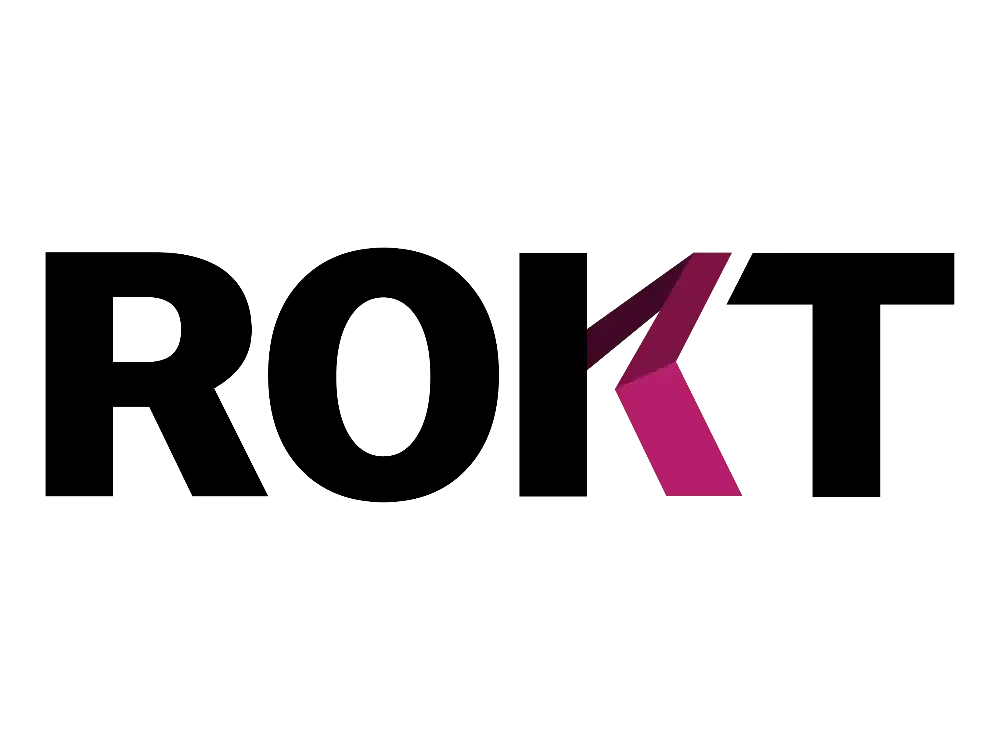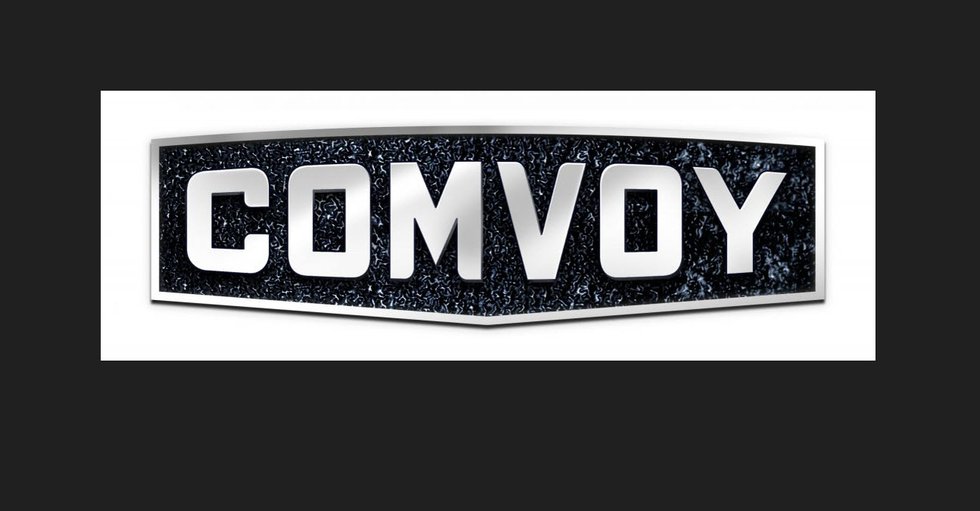DETROIT – Project management is an indispensable part of modern business operations. Workflows inside every business on the market today are actually a series of projects executed to achieve a common goal. As the market becomes more competitive, the complexity of projects that modern businesses need to complete becomes higher as well.
More businesses nowadays are switching to Kanban as a way to not only manage work but entire projects too. Modern Kanban boards offer tools that the traditional form of this approach didn’t offer, mainly customizable boards, fluid use of cards, and the ability to add more information to individual cards. However, the wealth of features isn’t the only reason why more businesses are adopting the Kanban method.
It’s Flexible
Kanban as a methodology acts more as a project management tool than an approach. The actual Kanban board, especially in digital form, can also be used to support project management when other methods are used. In an agile development project, for example, a Kanban board can still be used to manage tasks meticulously.
Kanban is designed from the ground up to be flexible. Kanbanize, the leading online Kanban board, allows businesses to design custom boards for specific needs. Different departments within the organization can have their own customized board. Being on the same platform, cross-department collaborations can still happen seamlessly without sacrificing the unique processes of each department.
That flexibility extends beyond the limit of a single board. A card and all of the details added to it can be moved from one board or space to another. A request for content from the marketing department can go to the creative department for execution and is then forwarded back to marketing’s Kanban board for distribution.
Perfect for Collaboration
From the previous example, it is easy to see how digital Kanban is perfect as a collaborative platform. Now that cards can move from one department (board) to another, team members can work seamlessly in solving common problems and achieving mutual objectives. Without the need for manual handovers, time and resources can be saved too.
The collaborative nature of digital Kanban boards comes with added benefits. For starters, you can stop worrying about information gaps affecting the handover of tasks. The card for a specific task can contain all of the information needed to complete that task, including past comments, discussions, and attachments of different kinds.
Kanban cards can be assigned to specific team members. It is also possible to watch cards rather than be directly assigned to them. This is a feature that makes managing the bigger picture – multiple tasks that make up for a bigger project – equally. After all, all team members can see the cards on the board being updated in real-time.
Task Dependencies
One of the most powerful features of digital Kanban boards is task dependency. This is a huge addition to the Kanban methodology. As mentioned earlier, today’s tasks are substantially more complex, hence the need for a more capable project management tool. Being able to set dependencies that govern how tasks are organized is a huge plus indeed.
Dependencies are control metrics for bigger projects. Tasks that require the completion of previous tasks cannot be modified before the tasks they depend on are completed. When those tasks are delayed, the delay is automatically reflected on the dependent tasks. Managing complex projects is easy with this feature alone.
Of course, Kanban tools offer so many more features related to task dependencies. You can, for example, automate the creation of a new task when an existing one reaches a certain stage. This type of forward dependency allows for certain parts of project management to be fully automated. It also minimizes the need for manual monitoring.
Visually Monitored
Speaking of monitoring, the visual nature of Kanban is an advantage on its own. Since the board can be fully customized and tasks are fully represented by cards, projects are always fully visible on the board. Monitoring becomes second nature; a quick glance of the board can tell you a lot about how tasks and projects are being executed.
When you see a card on Doing for too long, for instance, you know that there is a potential issue to be solved. Is the task too difficult to complete? Is it less of a priority compared to other tasks? Is the task delayed because of other factors? You know to answer these questions and find more information about the status of the task.
Most Kanban tools also add additional visualization options for easy monitoring. A Gantt chart is perfect for managing longer, more complex projects with a lot of tasks. A calendar lets you know due dates and important milestones, keeping you informed about them at all times.
Yes, more businesses are implementing the Kanban methodology to improve project management. These four reasons should give you a good idea on why the use of Kanban boards is gaining traction, and the many benefits you can get from implementing the methodology.
This paid content article was written by Rosana Beechum, Digital Marketing Consultant. Email: r[email protected]






Nice blog…! I have used Personal Kanban for almost two years with Restya (https://restya.com/board). Restya is a productivity and management tool specifically built around a Kanban-style workflow. Great for personal use (FREE) and scales easily to business and team use. We use it daily for managing our project workflow. I find it valuable for keeping focus on the most important tasks and being realistic about what I can accomplish.This kanban approach is the start of an effective to-do list and there are much more functionalities to add with the help of Restya.
[…] Ref: https://dev.mitechnews.com/guest-columns/more-business-are-switching-to-kanban-for-these-4-reasons/ […]